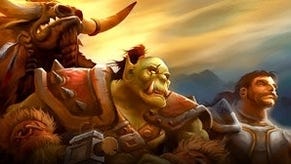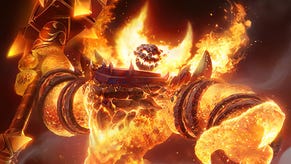World of Warcraft: Cataclysm
The re-making of World of Warcraft.
"Was it a tough decision?" echoes Blizzard's chief operating officer Paul Sams. "I can tell you that me, the business guy, the operations guy... We were going through the whole process before we knew all the reasons why, and I was sitting there going, oh my God, really? Can we do that? Should we do that?"
Sams is a smooth operator and a die-hard Blizzard loyalist. He trusts his developers to know what's best for their games and supports their decisions unquestioningly, and he's not an easy man to ruffle. But even he was shocked at what the World of Warcraft team proposed to do with the game's third expansion. Namely: take the planet's most popular online world, tear it up, and start again.
As well as raising the level cap to 85, adding two new races, seven new zones, a new profession, a new character advancement track, three player-versus-player Battlegrounds and a new way to play them, a radical overhaul of the game's stats system and a major social initiative to revitalise guilds with customisation and advancement - as well as all that, World of Warcraft: Cataclysm will revamp every single zone in the original, pre-expansion game. The experience of levelling from 1 to 60 will be changed forever, flowing through remodelled zones in a different order, offering new quests and storylines, better rewards, and retuned dungeons.
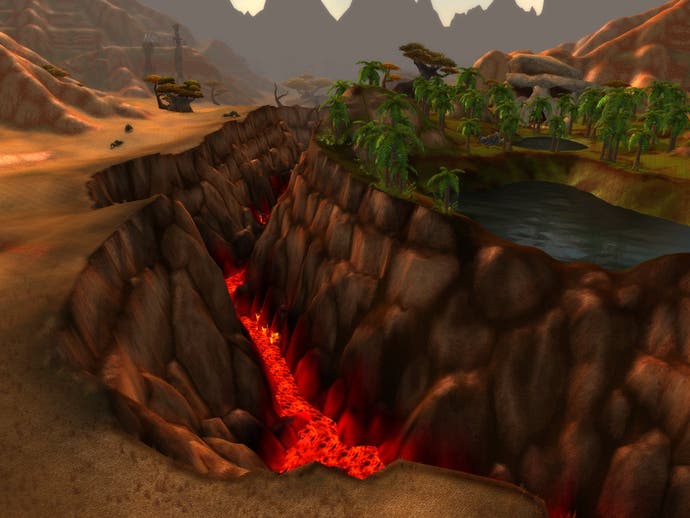
It's a mammoth undertaking, and a brave one. But as much as it seems unthinkable the first minute, it seems like a no-brainer the next. Five years on, the epic slog through the continents of Kalimdor and the Eastern Kingdoms stands as a barrier to adventures in Outland and Northrend that have far outstripped them in variety and quality. They had to go back to the drawing board. Blizzard's vice president of game design, Rob Pardo, shows no sign of his colleague's qualms. "I think we could have done it a long time ago," he shrugs. "Well, if we're waving our magic production wand, then a long time ago."
A happy catastrophe
Blizzard needed an agent for all this change, and it comes in the form of Cataclysm's star villain: Deathwing. A dragon lord who has lived too long in the bowels of the earth and been driven mad by the whispers of the Old Gods, he's so deranged that he's been welded together with iron plates to stop his own uncontrolled power ripping himself apart. In Cataclysm, unable to contain his desire to subjugate all life, he tears through the matter of Azeroth and erupts into the world, causing a global disaster of volcanoes, tsunamis and giant molten rifts.
The disaster leaves its mark on the geography and narrative of familiar areas: the huge Barrens plains are split in two by a yawning crevice, the arid wasteland of Desolace is flooded and life returns to it, the Night Elf town of Auberdine in Darkshore is destroyed, and the faces of capital cities like Orgrimmar and Undercity are changed forever. You'll be able to use flying mounts everywhere across the old world for the first time, including these cities, although we don't know from what level.
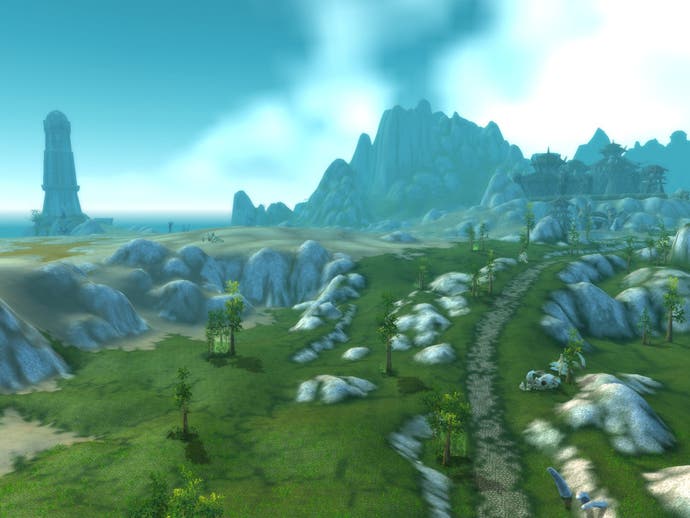
Some zones will be disrupted more than others, probably depending on how much Blizzard felt they needed work - the relatively polished human lands of Elwynn and Westfall, for example, will largely be left to their rural idyll. But all will see revamped questing, employing the dramatic techniques, varied gameplay and phasing technology used to such famous effect in Wrath of the Lich King's introduction to the Death Knight class. "After doing the Death Knight starting experience, we really felt like, wow, this should be the template for what we try to do with all our content in the future," says lead designer Tom Chilton. "We want to apply those lessons to 1-60 and make it feel cohesive. As people go through our 1-60 content now I think it does feel like a bunch of random stuff that all got put in the same place."
The zones will also be re-ordered and their level bands changed. Mid-level Azshara becomes a low-level zone for the Goblin race, the high-level Plaguelands are demoted to the mid-levels and so on, as Blizzard seeks a new flow for adventuring that, currently, gets frustratingly fractured from level 30 or so onwards. The classic dungeons will also get some attention: "Certainly some of those will change or be improved, as it comes to spawning or scripting, boss encounters, that kind of stuff," says Chilton. "I don't expect them to physically change very much."
For a few levels more
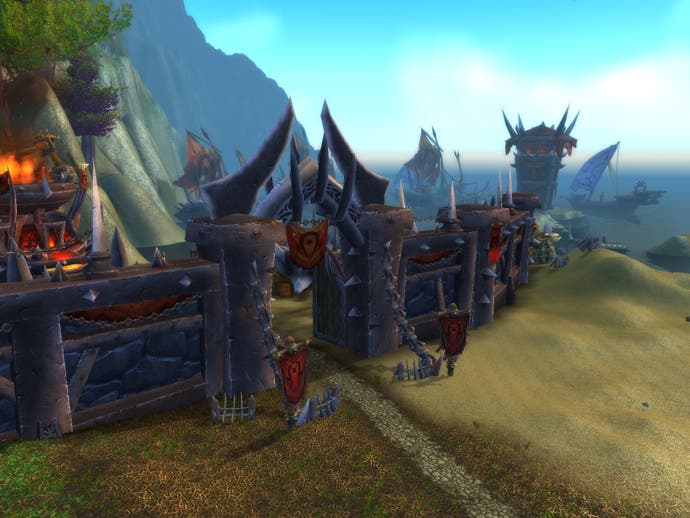
Deathwing's rude intrusion into Azeroth won't just change what you know. His passing has opened up five new zones that will take players from 80 to 85 (the shorter five-level step will allow Blizzard to concentrate not just on the old-world revamp, says Chilton, but also more endgame content at launch - a deliberate skew away from levelling and towards having more to do at maximum level). The ruptures he creates open pathways to the elemental planes created by the Titans to contain the primordial Elementals, who now emerge to war with each other and life on Azeroth.
Mount Hyjal is now a staging post for an invasion of fire Elementals led by the fire god Ragnaros, a returning raid boss who featured in the classic Molten Core raid. The Maelstrom whirlpool in the centre of Azeroth's ocean sucks players down into the Sunken City, a ruined Atlantis of the Naga civilisation, now overrun by bright corals and rifts opening onto the elemental plane of water, the Abyssal Maw. This submerged zone will feature special underwater mounts for transport, and will allow combat on the sea floor just as on land, although you'll be able to swim up from it at any point.


